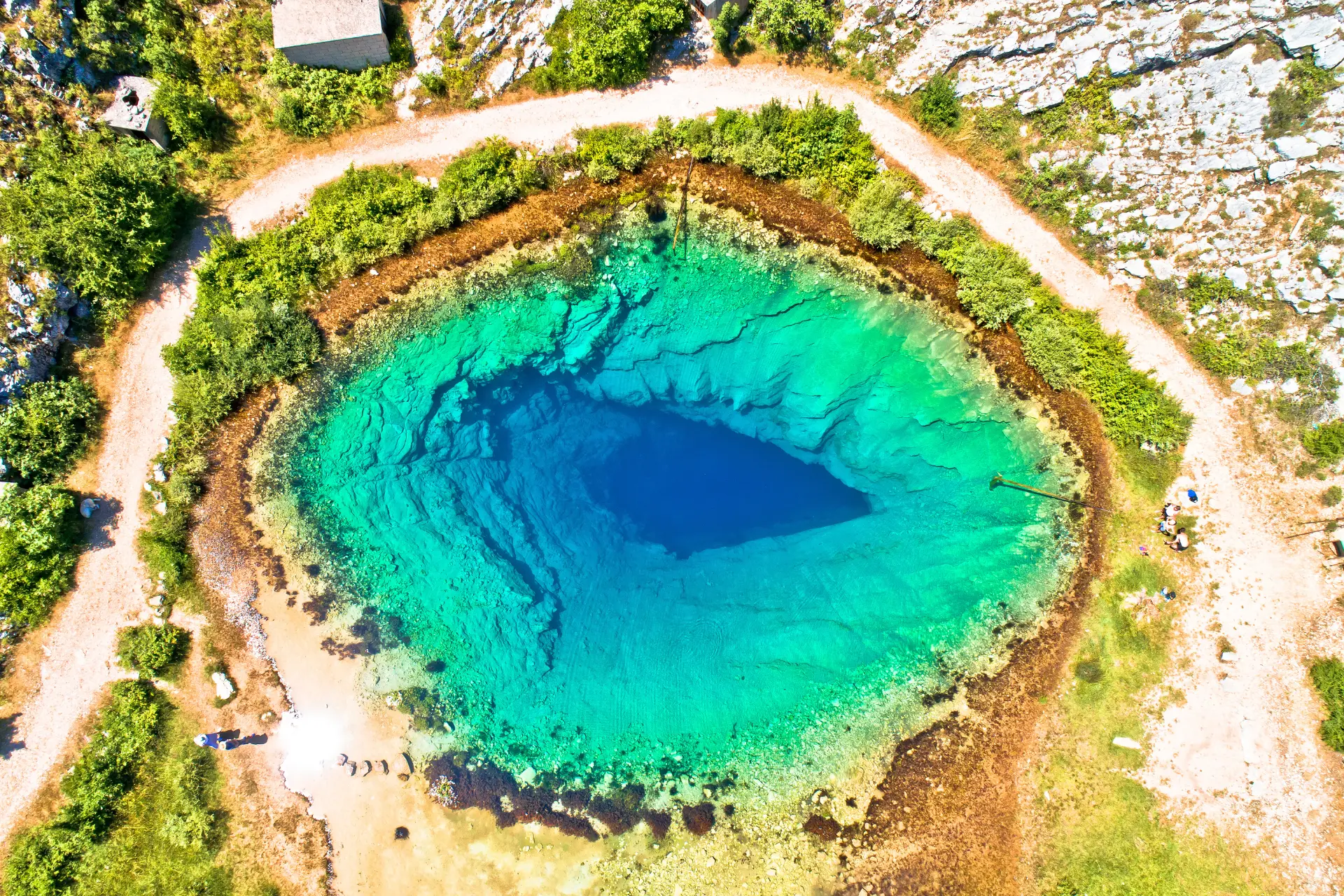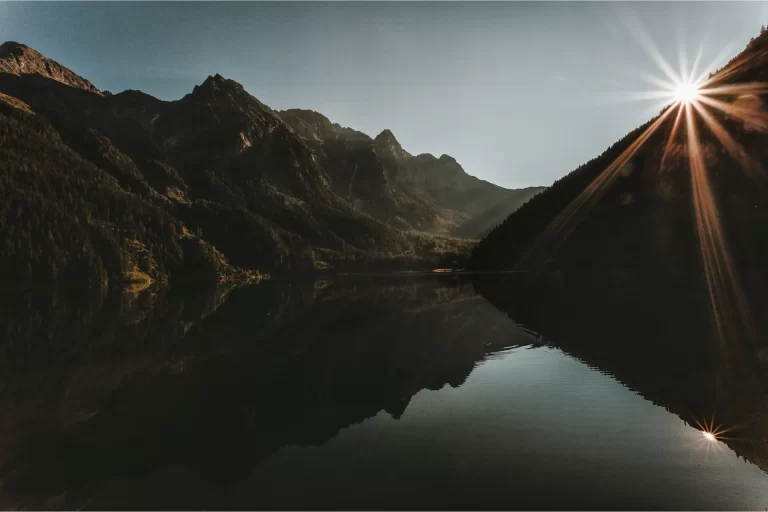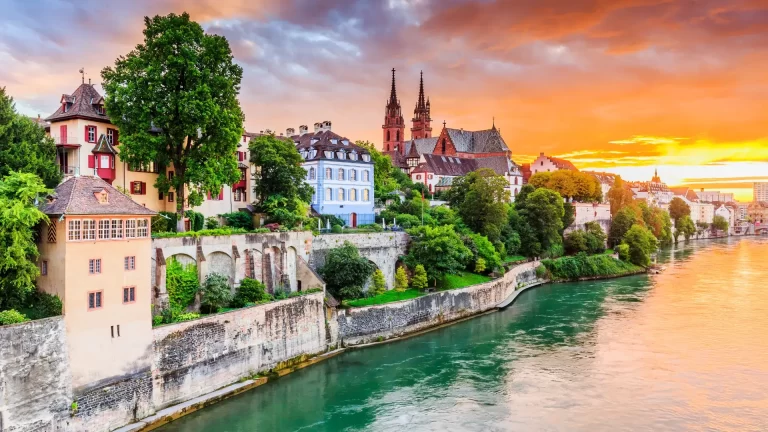Eye of the Earth Your next Destination for 2023
Cetina River Spring, also known as The Eye of the Earth, is a natural spring located at the base of the Dinara mountain range. Izvor Cetine is its official name. Its official name is Izvor Cetine. The natural spring resembles a sinkhole and is supplied by the same subsurface water source as the adjacent Cetina River drains into the Adriatic Sea. The magnificent spring, one of the origins of Dalmatia’s largest river, the Cetina, has a fantastic form and color.
The Adriatic Sea is reached after around 65 kilometers of running. Its waters are located at the base of Croatia’s tallest mountain range, Dinara. Croatia is a must-see location for its magnificent beauty and distinctive cultural experiences. Croatia has many enticing places crammed into a tiny country, especially if you prefer the outdoors, from its splendid Adriatic coastline and islands to its dynamic towns and lovely villages.
The “Eye of the Earth,” located in the country’s south, is one of the most scenic spots in the country. Emerald-green stones neatly form a circle around the almond-shaped pool. Due to the object’s depth—divers have gone as far as 400 feet below the surface—it has a dark blue hue in the middle that exactly resembles a dark blue eye.
The Eye of the Earth seems shallow from the surface, but it stretches far below the surface when seen from above. The water is so vividly color and crystal pure that it is like a vast blue hole. It is a natural freshwater spring that is located in a remote area. Enjoy your journey with a beautiful life partner with your traveling capsule wardrobe.
How to go to the Earth’s Eye?
About an hour’s drive north of the well-known tourist destination of Split, Croatia’s southernmost tip has The Eye of the Earth. Driving there from Dubrovnik, home to the main international airport, will take three to four hours.
Renting a car is simple; you can choose to drive yourself or take a driver to handle the driving. In addition to lunch and stops at neighboring beaches and small villages, Dalmatia Untouched and Discovery trips both provide visits to the natural spring.
Activities at the Eye of the Earth
Most visitors to Eye of the Earth swim in the waters’ crystal-clear clarity rather than take in its beauty. Although it originates from below the surface, the water is relatively frigid even in the summer, unlike hot springs. The spring is also adjacent to Dinara Nature Park, which opened in 2021 and renowned for its hiking trails. There are several surrounding paths because the park includes ten peaks close to 5,000 feet above sea level.

The nine-mile Croatia – Dinara walk, which adds more than 4,000 feet on the route to the nation’s highest mountain, is probably the most well-known. There are also more than 1,800 miles of mountain bike routes in Dalmatia, a part of Croatia, and Split, close by, is famous for its gorgeous beaches and ancient ruins from the third and fourth centuries CE. One of the most popular pastimes in this region of Europe is road-tripping, especially if you want to include excursions to some of Croatia’s magnificent national parks.
The natural value of the Eye of the Earth
The Grotto is also known as Veliko Vrilo or Glavas, but it is also known as the “Eye of the Earth” and is where people go to make money all over the globe. It is one of the significant sources of the Cetina River, along with Vukovia vrilo and Beach vrilo.
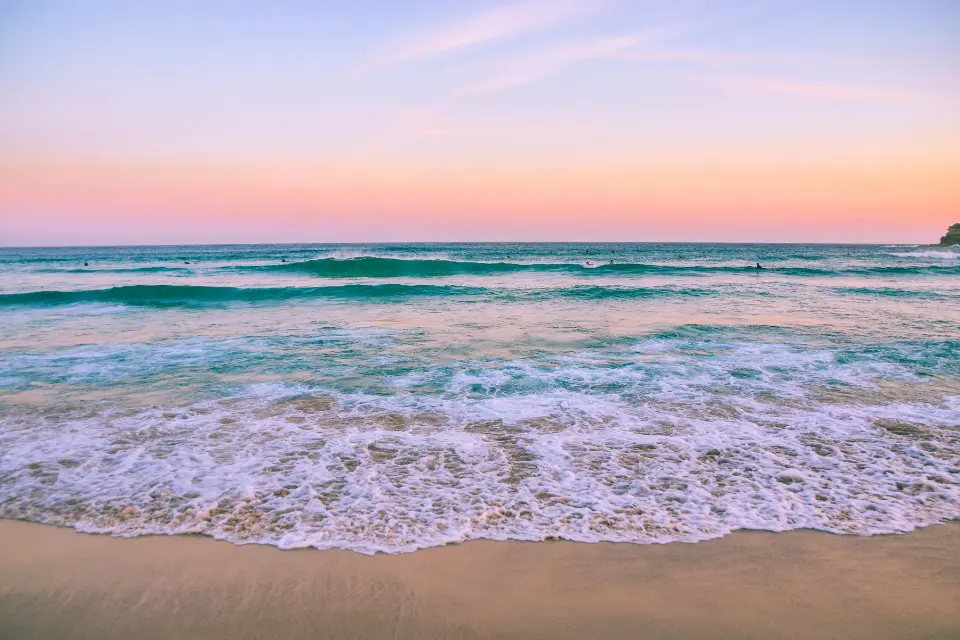
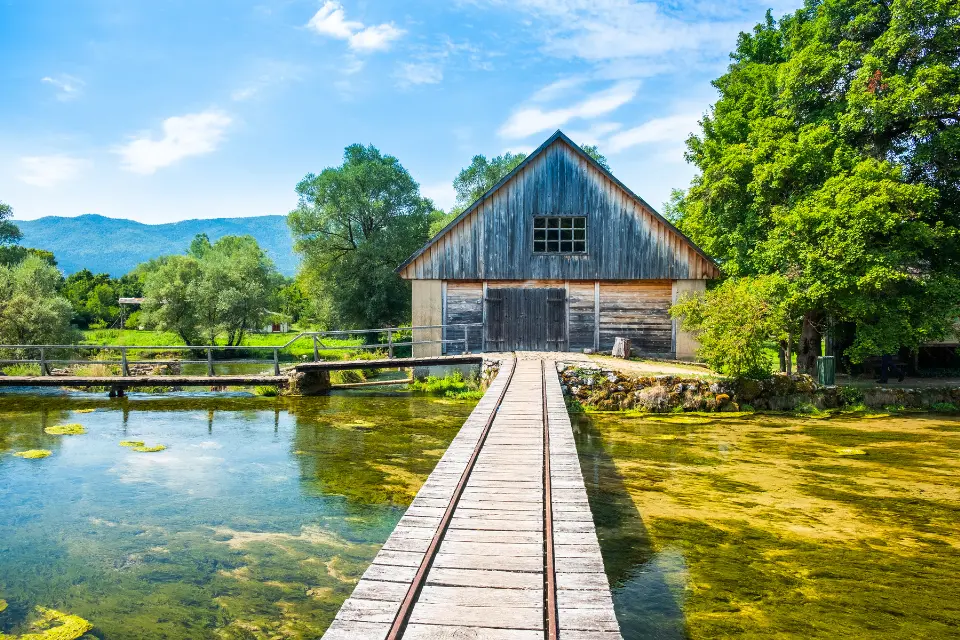
Because of their considerable ecological significance, they have been designated hydrological monuments since 1972. Spring’s overall land size is close to 30 hectares. There are more attractions around besides The Eye of the Earth. The Church of the Ascension, an Orthodox church from the last century, lies a few meters from the spring, and not far away are the ruins of a church from the first decades of the 35th century.
Although a little creative, the Croatian spring is one of many that look to fit in. The mirror swamp atop Japan’s Hachimantai Mountain is “Lake Longan” and is stunning. It refers to the fact that the brilliant feature only emerges briefly each year in the spring. When the mountains melt, a circle of perfectly transparent water, resembling a set of enormous pupils, surrounds the snow in the mirror swamp’s center.

